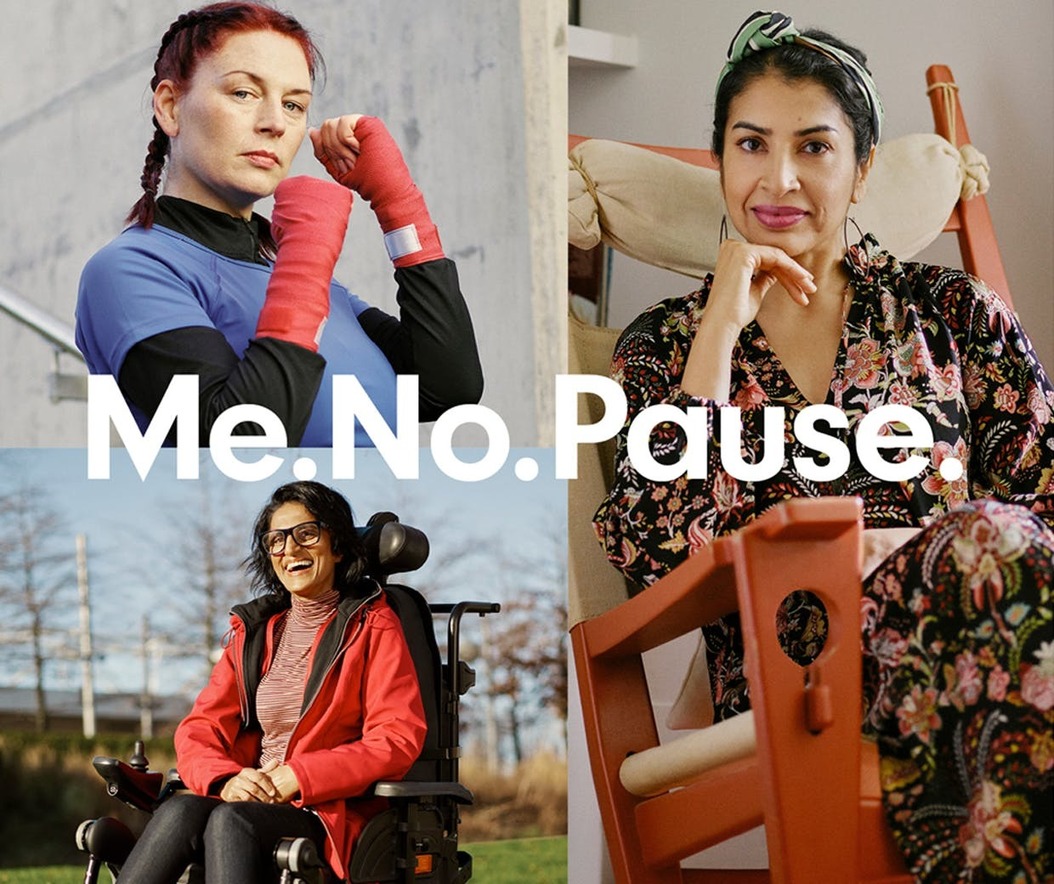TfL’s customer director Chris MacLeod is less sceptical than me. He doesn’t see it as advertisers not doing it unless they are incentivised but as marketers being happy with the status quo and not wanting to rock the boat.
“I don’t think people are not doing it, or deliberately going out of their way to do sexist advertising; people don’t think like that. There is a lag and sometimes there can be a comfort in the status quo and doing what everyone else does,” he says.
“Sometimes people might be a bit nervous about what they see as more controversial topics and stepping out, is that good for business? Hopefully this will demonstrate it can be.”
In an increasingly polarised social media world it’s not hard to see why brands might be wary. Any brand that has stuck their head above the parapet has inevitably received both praise and criticism. Some of the vitriol aimed at brands and those starring in their ads has been appalling.
But this is not about asking brands to ‘do a Nike’. As Gillette showed, not every brand has permission to stand up and make a social statement. Nor would we want all advertising to suddenly be about social purpose – how boring would that be?
This is about asking brands and agencies to think about who they are putting in adverts and the message that sends across. Holland & Barrett could have just stuck with a message about the menopause and thought that was enough but it looked at diversity and inclusion across the campaign and it is all the richer, and hopefully more effective, for it.
Sourced through Scoop.it from: www.marketingweek.com



Leave A Comment